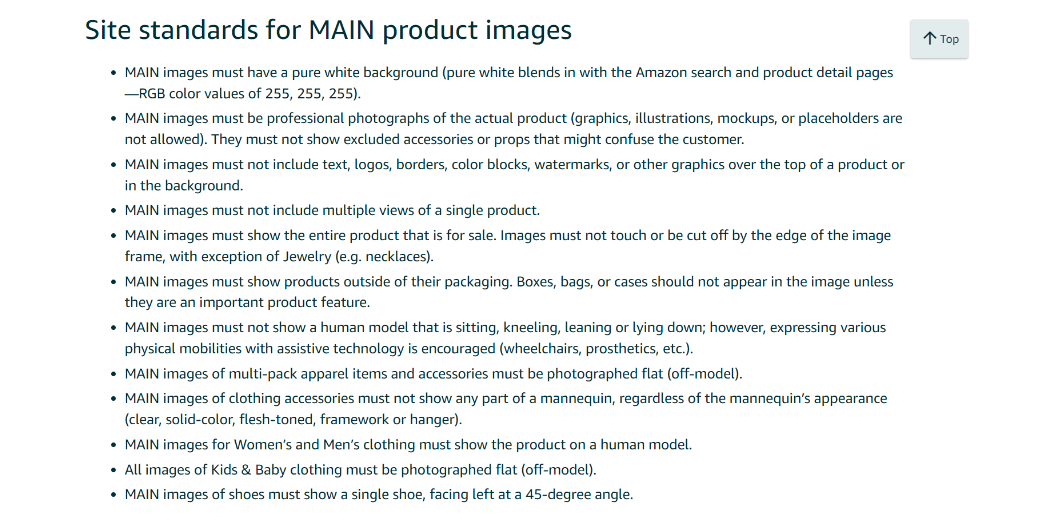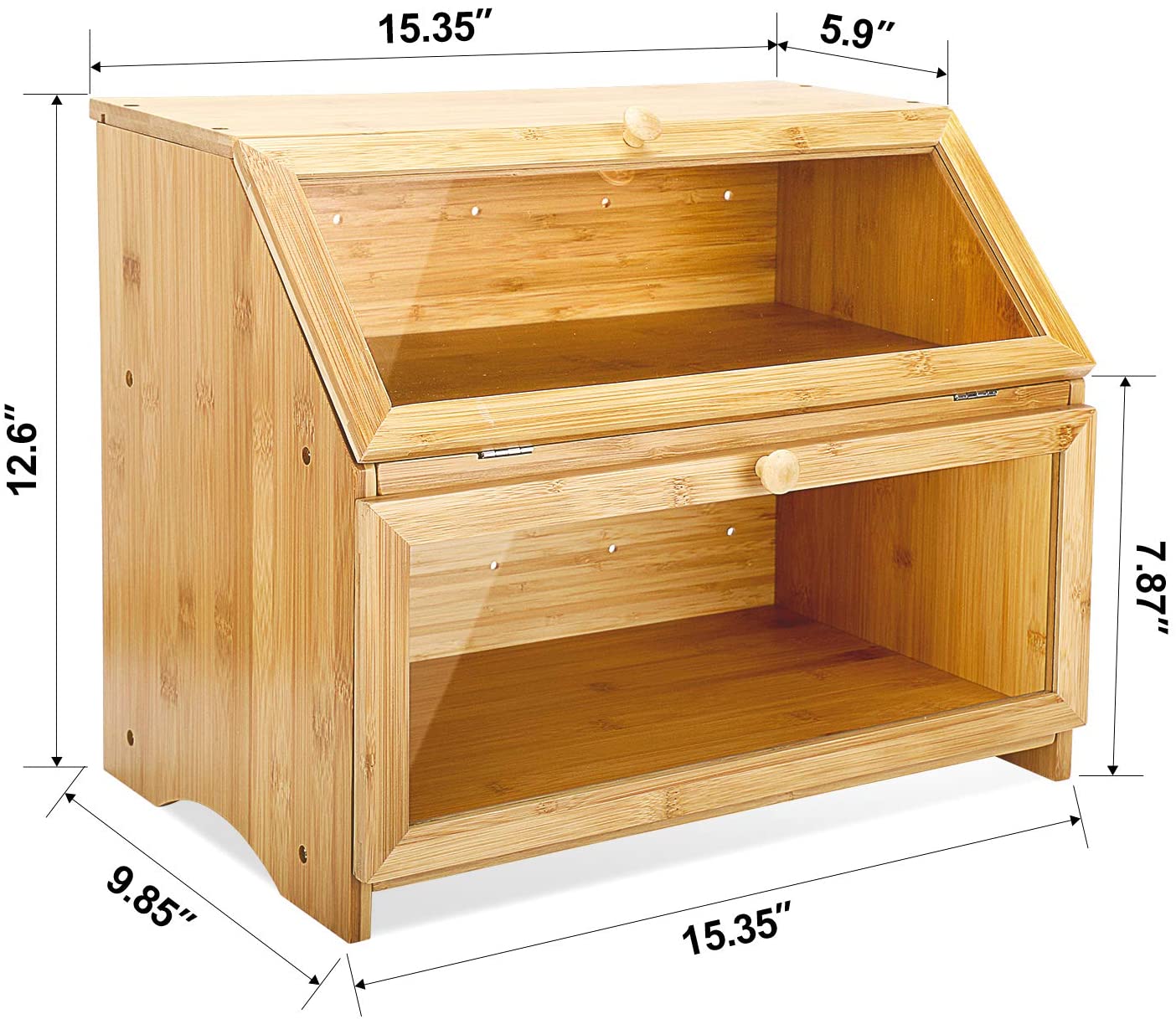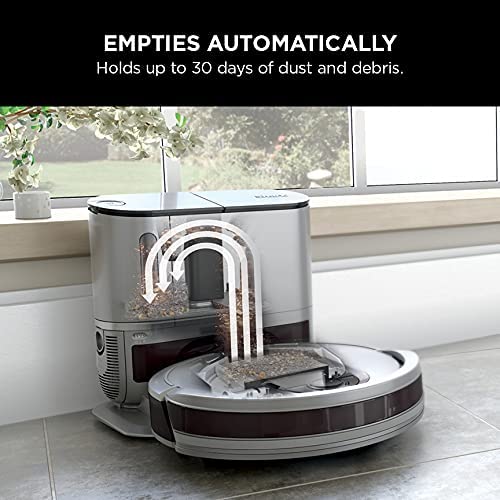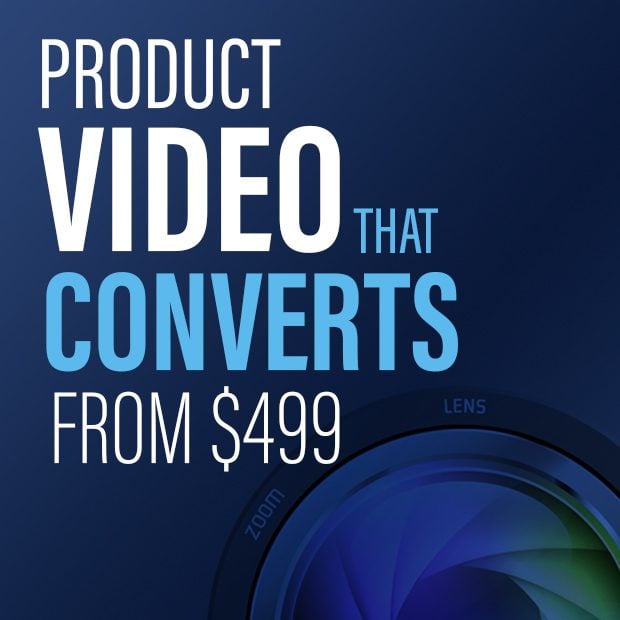How to Select The Right Product Photos for Your Amazon Listing

One of the most important things to get right when you sell on Amazon is your product images. They’re one of few variables shoppers have to evaluate your product and compare it to others.
It’s not like a physical store, where you can pick up a product, feel it, and try it on. When shopping online, you’re limited to words and visuals.
When you’re selling on a catalog website, such as Amazon, your job is to capture a prospect’s interest before your competitor’s, and the first way you do that is with your images.
Now, most Amazon sellers don’t have a background in professional photography. So, when they get product photos taken, they may be uncertain about which ones to use. The photographer may offer suggestions, but if they’re not specialized in Amazon product photography, they may mislead the seller.
The reality is the photos you choose to use can have a large impact on how your listing performs overall.
The key lies in being able to identify a compelling purpose for each of the images on your listing.
There are several common high-converting photos that each serve a different purpose. The ones you prioritize depend on your product and what shoppers consider the most important when shopping for it.
In today’s article, we’re going to cover several types of images you can include on your Amazon listing to convert the most shoppers.
An Amazon Product Image Overview
On a standard Amazon listing, you’re allowed to upload eight images, including one main product image and seven supporting images.
Your main product image is one of the first things a shopper sees on Amazon. They’ll see it on the search results pages, in your Sponsored Ad campaigns, and on your competitors’ pages. One could say that it holds the most weight, so it should be clear and look exactly like the product customers search for.
The remaining seven images are called supporting images. Here, you can show a variety of photos that relate to the product.
To standardize the appearance of their catalog, and to make it easy for shoppers to evaluate products, Amazon has some basic requirements for your product photos.
Your photos must meet the following criteria:
-
1000px by 1000px square image
-
Use 85% of the frame
-
Save it as a JPEG, TIFF, or GIF
-
Save it as RGB color space
-
Pure white background (for the main photo)
There are several other requirements for your main image, such as, not including text, or showing the product packaging but not the product itself.
If you don’t follow those requirements, you won’t be able to upload the photos, or you may be able to upload them, but Amazon may suppress your listing or contact you requesting you update it.
If you’re going to pay for photos, you want to make sure it’s done right the first time.
Now that we have a basic overview of what to consider when getting your product photos taken, let’s discuss which of these photos are going to be the most useful for converting shoppers.
Product Photo Type #1 – Size / Dimensions
For many products, the dimensions matter. One of the easiest things you can do in your product photos is to have a photo of your product with the dimensions outlined.
Now, many sellers place the dimensions in the metadata or copy and think it’s enough. Problem is, many shoppers don’t know what each of those dimensions corresponds to unless you point it out.
For example, they may not know if a dimension covers the height or the width. Adding a visual here is the simplest way to communicate this without adding confusion. Most sellers use an aerial shot or one that’s angled to depict each side of the product.
Product Photo Type #2 – Make the Invisible Visible
Most products have features that you’re not able to see. One way to use your product photos is to highlight those features. Common “invisible” features include soundproof, waterproof, and fade-resistant.
The image that reinforces those features can be anything from a badge to a depiction to a stress test.
For example, for a soundproof vacuum product, the seller might have an image of a person vacuuming and a baby sleeping in a crib.
Don’t rely on the visual alone to communicate the feature. You’ll also want to have text that illustrates what’s being depicted.
Product Photo Type #3 – Social Benefit
Evolutionary psychology tells us that most human behavior has to do with our social life. If something gives us status, we’re all ears.
For decades, advertisers have exploited this innate tendency, but today, you don’t often hear about it as explicitly. Does your product help customers improve their status, gain more friends, or look impressive to their peers?
If so, this is something you should depict in your product images. You see this all the time in magazines advertisements for deodorant, hair shampoo, teeth whitening, etc.
Often, they’ll have a photo of the product and have their main model grinning ear to ear among other people. As subtle as it is, product images that highlight the social benefit of your product remind the prospect of why they were looking for the product in the first place or inform them of the social benefit that they never considered.
Product Photo Type #4 – Packaging
Another way you might use your product photos is to highlight the packaging. This is especially useful for giftable, fragile, and high-end products.
For instance, if you sell a glass figurine, consumers want to know that it’ll be packed well so they won’t have to worry about having to return it due to breaks.
Similarly, if the product is often given as a gift, that’s another risk for shoppers. No one wants to give a gift to someone only to have them open it and see it broken.
For many products, photos of the packaging aren’t incredibly persuasive, but if you sell a fragile or high-end product, it can make a big difference.
Wrapping Up
With the ability to upload several photos to your Amazon product listing, you want to be strategic. Every photo should have a purpose. Consider going through your current product photos and identifying the purpose of each one.
For the photos that don’t have a purpose, consider replacing them with ones that either highlight the product dimensions, make the invisible visible, or highlight a social benefit—whichever one is most important to your target audience.
Happy Selling,
The Page.One Team
The Last Word:
There are many more product photo types than we discussed in this article. The point is to identify which ones most resonate with your audience. It might be helpful to test the various types of photos. A product photo that highlights the social benefit of your product may be more effective than a product photo highlighting the stylish product packaging.








